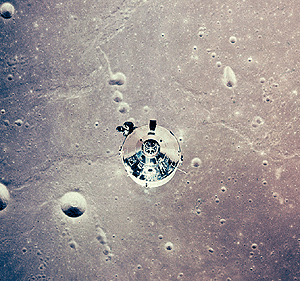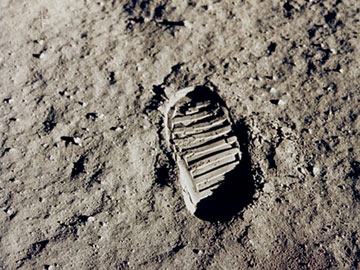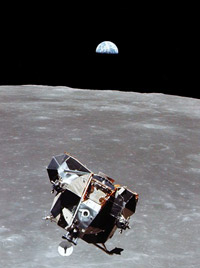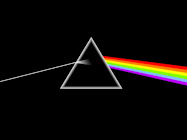How old were you? were you even born yet?

Apollo 11 in July of 1969, just a few short years after President Kennedy had told the public, "this decade we will take a man to the moon and return safely" <---close to verbatim. I sat in front of the TV for about the entire mission (summer vacation was cool) yes I was there in my living room when Neil Armstrong took the first step on to the Moon. That had to be the single most awesome thing I have ever witnessed. At that moment I wanted to be an astronaut (what little boy didn't on that day). Not a complete failure as I am a space case today( I never went into orbit but you wouldn't know this if you knew me).
Not only did this mission include a blast off, leave Earth, arrive in orbit at the moon; then came landing on the moon. This series was actually several missions in one. I suppose you could call the landing phase 2 of the mission. A separate craft for the landing had to be boarded, launched and landed. Landing the Eagle on the surface of the moon would be phase 2 successful Remember, failure means death. click here


In phase 3 will be exploration and documenting on the lunar surface while still keeping the command module in orbit. We had to leave one crew member behind to do that.


moving along to phase 4 which is to successfully blast off again, this time from the moon to rendezvous with command module, dock the 2 vehicles, board the command module and head back to Earth. Remembering still, failure means death.

Return is where it gets a little tricky and the real rocket science comes into play. Re-entry to the Earths atmosphere is actually more difficult than leaving. Just as a meteor entering the atmosphere heats and disintegrates so holds the future of our 3 astronauts. The heat shield protects, then proper deployment of the parachutes and a splash landing in the ocean.

Heroes for sure. Failure of any part of this mission would mean death. That to me is absolutely incredible.

| Lunar Module: | Eagle |
| Command and Service Module: | Columbia |
| Crew: | Neil Armstrong ,commander Michael Collins, command module pilot Edwin Aldrin, lunar module pilot |
| Launch: | July 16, 1969 13:32:00 UT (09:32 a.m. EDT) Kennedy Space Center Launch Complex 39A |
| Landing Site: | Mare Tranquillitatis (Sea of Tranquility) 0.67 N, 23.47 E |
| Landed on Moon: | July 20, 1969 20:17:40 UT (4:17:40 p.m. EDT) |
| First step: | 02:56:15 UT July 21, 1969 (10:56:15 p.m. EDT July 20, 1969) |
| EVA duration: | 2 hours, 31 minutes |
| Lunar Surface Traversed: | ~250 meters |
| Moon Rocks Collected: | 21.7 kilograms |
| LM Departed Moon: | July 21, 1969 17:54:01 UT (1:54:01 p.m. EDT) |
| Returned to Earth: | July 24, 1969 16:50:35 UT (12:50:35 p.m. EDT) |
| Time on Lunar Surface: | 21 hours, 38 minutes, 21 seconds |
| Mission Duration: | 195 hr. 18 min. 35 sec. |
| Retrieval site: | Pacific Ocean 13° 19'N latitude and 169° 9'W longitude |
| Retrieval ship: | U.S.S. Hornet |






1 comment:
I remember watching all this on b&w tv in my parents living room and being frustrated that the press didn't interview the astronauts to find out what the experience was like; they were always led immediately into quarantine for 'space illness'. I think the managers watched The Quatermass Experiment a few too many times.
Post a Comment